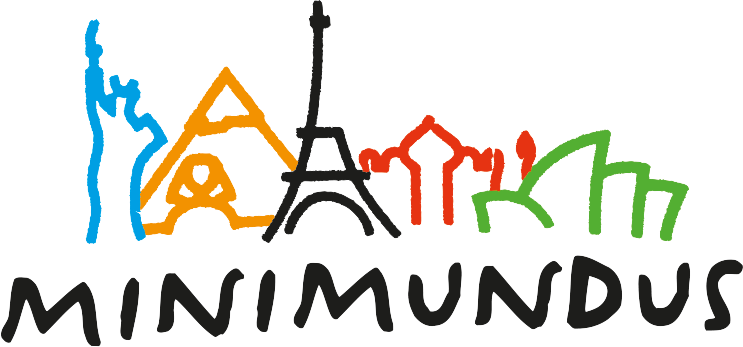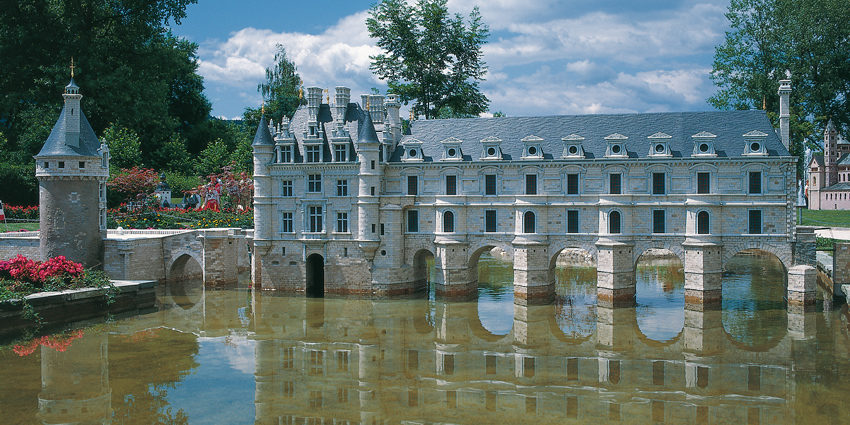Even in the Middle Ages there were defiant fortresses with towers, moats and battlements in the Loire valley. At the beginning of the 16th century in the Renaissance, these fortresses were converted into luxurious palaces, surpassing the older edifices in architectural variety and richness by far. Under King François I, the Italian Renaissance arrived in France, leaving its mark on the typical architecture of the Loire châteaux, combined with the local style. They became festive places with ornately laid out gardens. Château de Chenonceau was built on the river Cher, a tributary of the Loire. It is also called “Château des Dames”, as women influenced its construction: Kaherine Briçonnet had it built in 1513, Diane de Poitiers and Catherine de Médici made it even more attractive. After the French Revolution, Louise Dupin instilled new life into the palace. Since 1951 the palace has been owned by the Menier family. It is open to the public.
Out of all the Loire châteaux, Chenonceau was selected for our exhibition because of its special position and feeling of tranquillity. It is perhaps one of our most popular models.
Weight: 2.1 t
Materials: concrete, marble, sandstone, copper, brass
Time taken: 3 years od. 5,700 hours
Model maker: Matthäus Jerina (1984)

